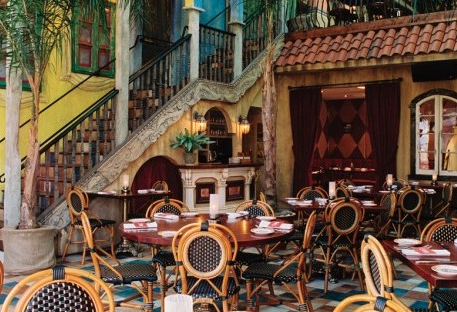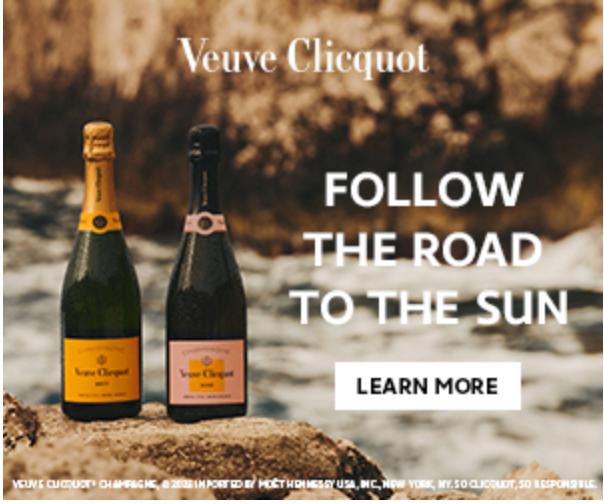Old City Eats (OCE) will run every Thursday night from 4-7 p.m. from May 26 until Aug. 25.
On OCE Thursdays at Cuba Libre, enjoy their full Happy Hour menu (available until 7pm instead of 6:30) plus a weekly featured mojito for $6! And don’t miss the kickoff Block Party on Thursday, May 26!
The outdoor Block Party on 2nd Street will run between Market and Chestnut Streets from 4-9 p.m.
Come out and see!
During the May 26 Block Party, stop by the Cuba Libre tent to get chicken empanadas (2 for $10), our signature Classic Mojito ($12), our Bacardi Coconut Rum Punch in a real coconut ($14; $8 refill with coconut), or a Santilli American IPA from Nightshift Brewing ($6).
Related:
Philly’s Mystical Genie’s Secret Bazaar is coming!
Refreshing coconut water and homemade limonada rosa for sale, along with their famous Mango Cinnamon butter ($5 – 4oz jar).
While you’re sipping and snacking, enjoy music from their DJ and catch professional Latin dance performances at 6:30 and 7:30 p.m. Don’t forget to also get your turn spinning their prize wheel!
Prizes include a free mojito, sangria, and various bar bites during your next Happy Hour visit at Cuba Libre plus mystery prizes from other Old City businesses!
To get your spin, join e-mail list, or show them you’re already on it!
Related:
Love a Quality Martini? Whiskey Old Fashioned? Knox & Dobson Introduces Superior Ready-To-Drink Bottled Cocktails
See the full list of participating restaurants for OCE. Cuba Libre is located at 10 S. 2nd St. in Old City (at the corner of 2nd & Market Streets).



